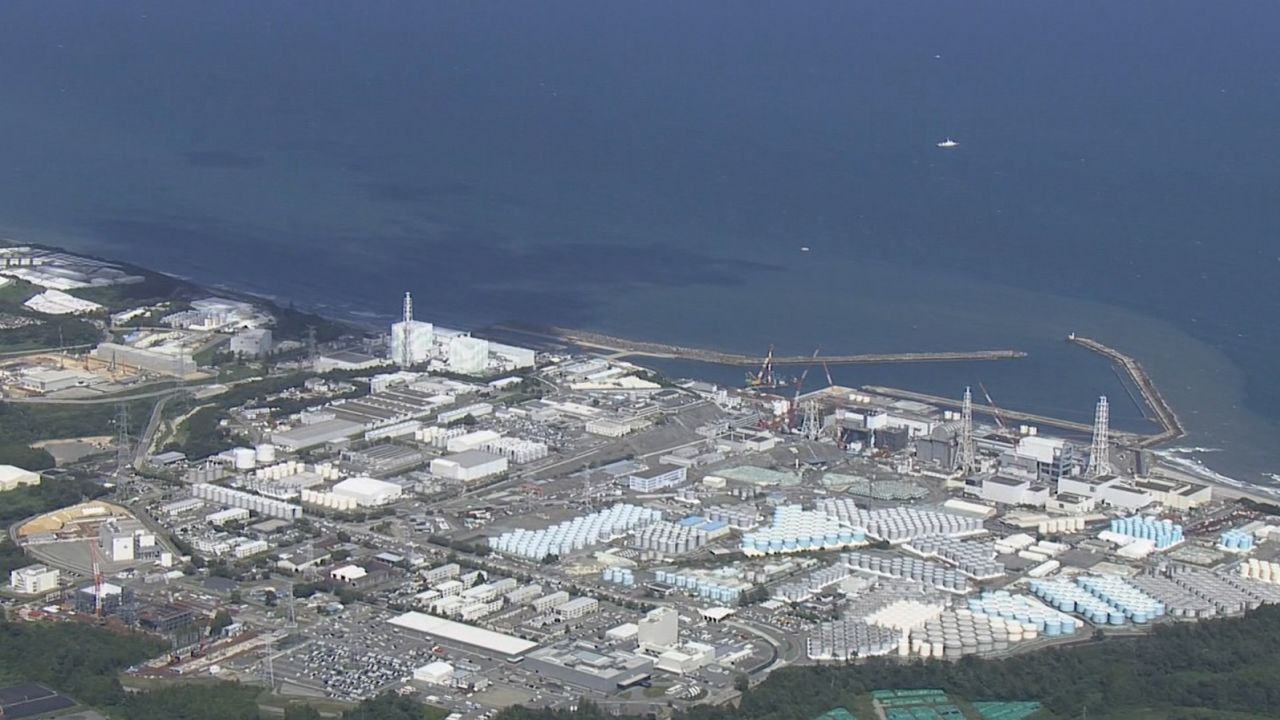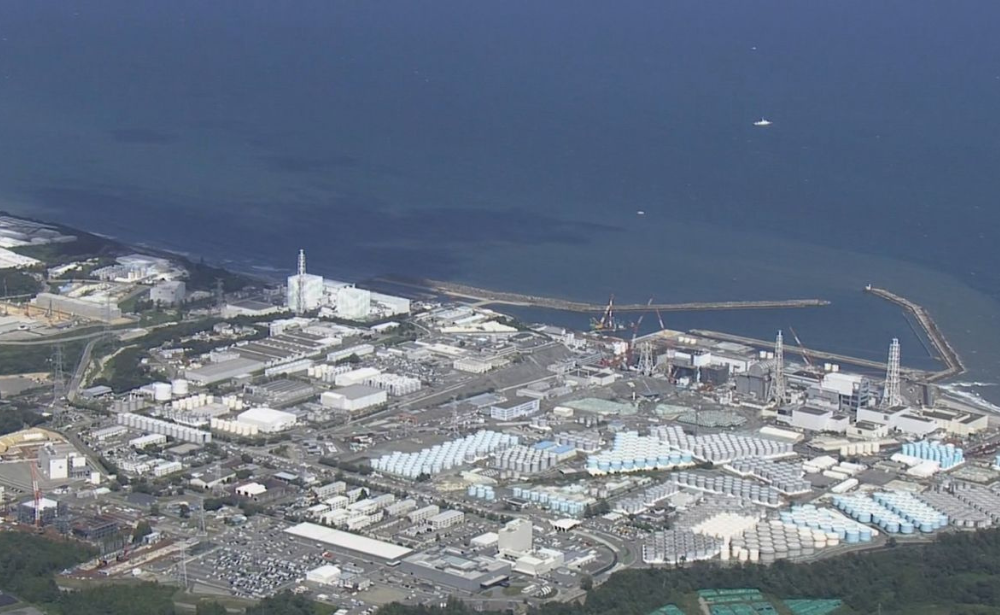Japan is one of the countries that suffered the most from nuclear energy use. In World War II, they suffered from the atomic bombings on 6 and 9 August 1945 at Hiroshima and Nagasaki, respectively. Subsequently, on 11 March 2011, they suffered another blow of a nuclear power plant meltdown at Fukushima, partly due to a tsunami.
Recently, Fukushima, Japan, is at the centre of the world again due to the release of treated radioactive wastewater from its damaged nuclear power plant. For 12 years, the powerplant company TEPCO has been pumping in seawater to cool down the reactors’ fuel rods. This was also one of the reasons the power was built next to the coastal area in the first place. The seawater is used for their reactor cooling system. 1,020 tanks have been used to store the treated radioactive wastewater. Due to the limited land capacity to store the treated radioactive wastewater, TEPCO has no choice but to release the treated radioactive sewage back into the sea. Furthermore, Japan must also use the land to build facilities to decommission the destroyed plant safely and prevent accidental leaks. Another concern is the consequences if the tanks collapse due to another natural disaster.

Before releasing the treated radioactive wastewater, TEPCO had gained approval from the International Atomic Energy Agency (IAEA). The process of removing the treated radioactive wastewater will be carried out in stages, and the whole process is estimated to take at least 30 years to complete. The first stage started on 24 August 2023 at 1.03 p.m. local time (0403 GMT). TEPCO plans to slowly discharge 31,200 tons of treated radioactive wastewater, equivalent to 10 tanks to the sea until the end of March 2024. It was reported that every ton of the treated radioactive wastewater would be diluted with 1,200 tonnes of seawater. Then, the mixture was kept in the primary pool for two days for final sampling to ensure safety before discharging into the sea. In addition, Japan pledged to continue to monitor, analyze and release the results of the seawater quality after the diluted treated radioactive wastewater is discharged into the sea.
Even though radioactive wastewater has been treated, the discharge of the diluted treated radioactive wastewater is controversial because it still contains traces of radioactive elements of hydrogen called tritium. Sad to say, at present, there is no available technology that can remove tritium from contaminated water, except water dilution. According to the Environmental Protection Agency of the United States, tritium occurs naturally in the environment in low concentrations as it can form either naturally or artificially (anthropogenic). In the upper atmosphere, tritium gas is formed when cosmic rays strike nitrogen molecules in the air. At the same time, anthropogenic tritium is produced during nuclear weapon explosions and is a byproduct in nuclear reactors. Even though tritium can be in gas form, its most common form is water because radioactive tritium tends to react with oxygen to form water.
Read more at https://bit.ly/3OW2A8R

About the author
Dr Jenny Ong is an esteemed Senior Lecturer within the Faculty of Engineering, Built Environment, and Information Technology at SEGi University, boasting a remarkable 23-year career in environmental services and research. Her journey at SEGi began in 2010 after a distinguished tenure as the Head of Public Communications and CSR at one of Malaysia’s largest solid waste concessions. Holding the esteemed title of professional technologist (Ts.) and armed with a PhD in Environmental Science and Management from Universiti of Malaya, Jenny currently serves as a Senior Lecturer cum EMS Compliance Officer, contributing her wealth of knowledge to the academic and environmental compliance realms.

